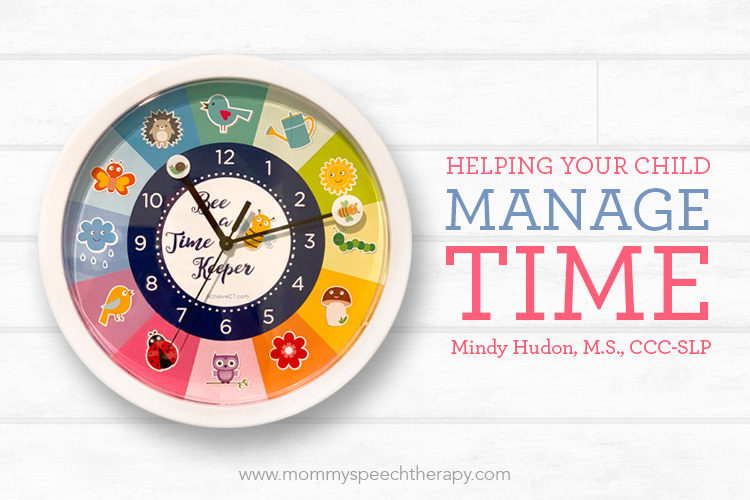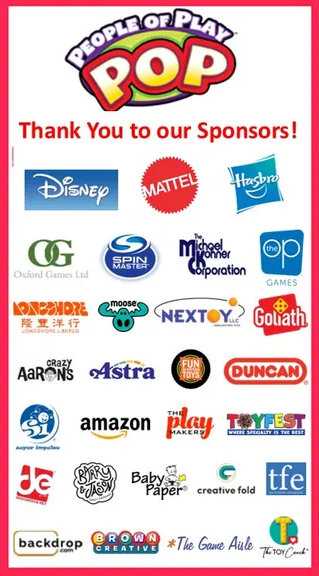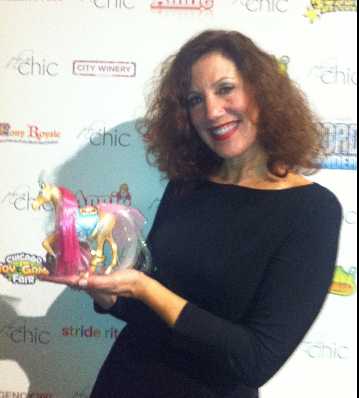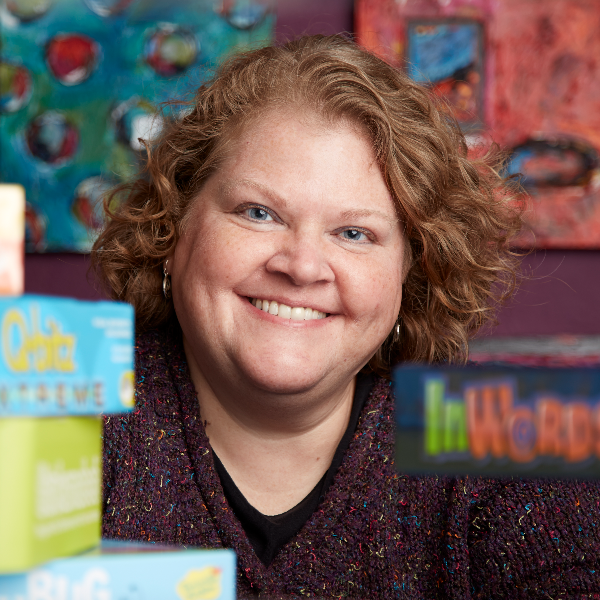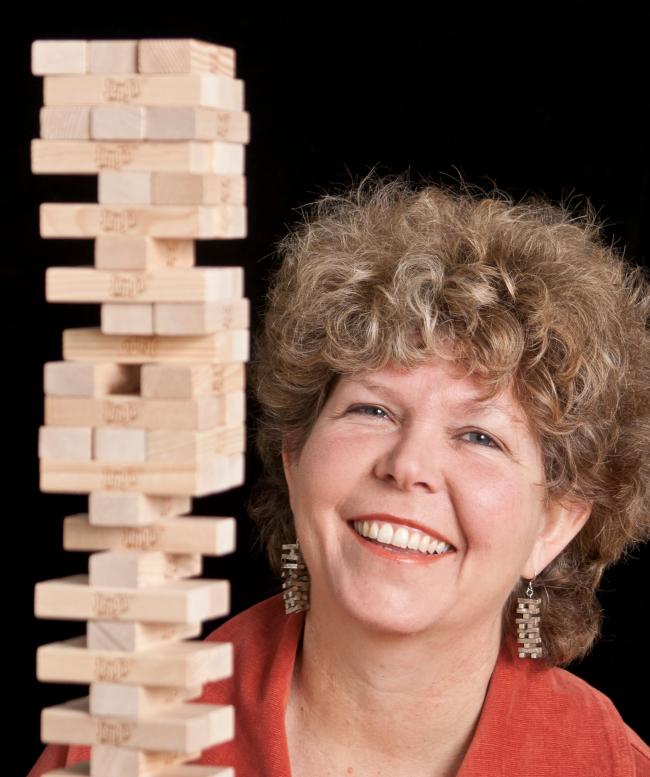Help Your Child Learn How To Manage Their Time

“Hurry up, we need to leave in 5 minutes. I told you 10 minutes ago to get dressed!”
Does this scenario sound familiar? You’re not alone.
Time is an abstract concept and hard for young children to understand.
The ability to manage our time is just one of many executive function skills that our brain continues to develop until our mid to late twenties.
Executive functioning refers to the brain functions that make it possible for us to manage life tasks such as planning our day, controlling impulses, and determining how much time we have to complete a task.
Typically, children are not taught time concepts until the second grade; however, we expect young children to understand how time moves, “You have 5 minutes,” or “Bedtime is in 15 minutes.”
One reason youngsters struggle with complying with adults requests around time is because they have not yet developed the ability to “feel” the passage of time and self-manage accordingly. This can be frustrating for both adults and children. If children can be led to experience what time feels like, then they can become better self-managers.
But I already give my children time cues!
If you’re a parent, you have most definitely used one (or more) of the below techniques to keep everyone on time. While there is a place for each, time management tools should be used to help children learn to “see and feel” the passage of time.
- Parent-O’clock: We are our children’s time manager. We are the wake-up, get to school, take a bath, get to bed daily alarm clock! We keep our children on time! This system may be working for some families, but it lacks the ability to teach children how to plan their time and to carry through on a task independently.
- Countdown Timers: Who hasn’t used the kitchen “countdown” timer to get their child to complete a task? It’s easy and convenient and in most instances gets kids moving. “I’m setting the timer for 5 minutes.” Although it gives us some parenting control, the anticipation of not knowing when the timer will go off can cause a bit of anxiety for our children. If a child doesn’t know what “5 minutes” feels like or can’t see the passage of time because they don’t understand the numbers, what time management skill does a countdown timer teach?
- Visual Timers: This type of time management tool is often used in schools to help children see how much time they have left. There are different types of visual timers on the market including sand timers, disappearing colored dials, or three colored light towers. Children are able to “see” their time disappear, but it does not teach children how to plan future time or develop necessary clock skills.
- App Timers: Search the App Store and you will find a plethora of time management apps for kids. There are different types of apps for different needs. There are visual timers, countdown timer apps, chore timers, and game related timers that reward children for their efforts. The problem using technology is that it can become a distraction for children, rather than a tool to assist them with time management. Depending on the child, using apps may be adding to the problem rather than helping children be better self-managers.

But why can’t we just use our cell phone clocks? Digital vs. Analog Clocks
In today’s technology driven age, digital clocks are more commonly used. A digital clock shows the numeric display of the exact time. Numbers are put together to indicate the time. In other words, digital clocks tell only “now time.” It is 5:15…now! Some research suggests that 75% of children in the United States cannot tell time on an analog clock. Those are startling statistics because our children are learning only how to tell “now time.” As previously stated, in order to be good time managers, we need to be able to “see and feel” the passage of time.
Analog is the label for the circular clocks that we all remember, from before the digital age. Learning how to read an analog clock is a life skill.
Analog clocks help us think visually about time. We can see time in “chunks.” Ask yourself these questions: How do you “see” time? Can you see what 15 minutes looks like? What about 5 minutes or a half hour? If you can only read digital clocks, then this will be a difficult task.
The other advantage of an analog clock is that you can see now time, past time, and future time.
Teaching children to understand an analog clock will help them visualize the amount of time they have when you say, “You have 5 more minutes.” They will learn to remember that the 5-minute chuck of time is small, so they need to get moving!
By planning and discussing shared time expectations with your children – you play a key role in developing their time management skills.
How do I teach my children to Use An Analog Clock?
Planning and discussing your time expectations with your child before they happen will make everyone’s lives easier.
Planning time expectations before children are expected to complete a task is important to help them be better self-managers. As with any task, it is better to be prepared.
- For older children (ages 7 and older), show them the clock at their eye level. For example say, “Bed time is in 15 minutes. The minute hand is on the 12. When the minute hand gets to the 3 you need to clean up your toys and then we will read a book. That is 15 minutes.” It is important to have your children be an active listener in the time planning process.
To accomplish this, have your children repeat the time plan with your help: “The minute hand is on the (pause so your children will respond). When the minute hand gets on the (pause) it will be time for (pause).” If possible, it is always better to give your children something positive to work towards. Ending with reading a book is always a fun activity at bedtime, while using positive language is also a very effective method to encourage children to be time managers, “Great job being on time.”
- For younger children (ages 3-8), it is more effective to use a child friendly analog clock like the Bee A Time Keeper clock. The Bee A Time Keeper clock uses strategic placement of bright colors and child friendly critters on an analog format to provide a fun, non threatening way to develop children’s time management, planning, transitional, and self-regulation skills. The Bee A Time Keeper clock is beneficial for both home and school.
Using the clock is easy. First, place the clock at eye level. On the hour hand there is a “SNAIL” and on the minute hand there is a “BEE”. Discuss the concept of fast/slow and then talk about how minutes move faster than hours and that is why the “BEE” is on the minute hand and the “SNAIL” is on the hour hand. Tell the children they will “Bee A Time Keeper.” By touching the clock and showing them where the “BEE” is, you can plan ahead and help them learn to be better self-managers.

For example, Adult: “Let’s Bee a Time Keeper. Look, the BEE is on the SUN. When the BEE gets to the CATERPILLAR it will be snack time!” See a video example below.
Even children as young as 3 can use this clock to plan and manage their time and help them “Bee A Time Keeper.” Ask them to repeat their time expectations as noted above to ensure they have listened to your plan. Always reinforce good time management behaviors by praising your child’s efforts. “You are a Time Keeper! You didn’t lose your time! Now you have time for the fun things.”
Now, Go Be a TimeKeeper!
Effective time management skills can be learned and used by children of all ages.
The first goal to helping your child become better self-managers is to make sure you model good time management strategies yourself. If you are always late for appointments and find yourself rushing yourself and your children, it will be hard for them to develop good time management skills.
Reflect on your own time management and determine if it is efficient. Remember to always make sure to plan your own time first, and then plan your children’s time ahead by letting them know their time expectations.
On a busy morning, getting yourself ready for work and your children ready for school can be challenging. By using effective time management strategies, your morning routine (or nighttime) routine will be more productive, less stressful, and will provide you with enough time to focus on the joy of being with your family!
![]()
Mindy Hudon, M.S., CCC-SLP is a proud mother of twins, a practicing speech-language pathologist with more than 25 years experience, and the creator of Creative Child Magazine’s 2019 Educational Product of the Year, the Bee A Time Keeper clock. She is the co-founder of Achieve, a private practice specializing in executive function development, speech, language, cognitive issues, and social development. In her spare time, Mindy is the President of Building Awareness Rocks, a non-profit corporation that is dedicated to improving the lives of children with exceptionalities. She is a contributor for 30Seconds.com where she provides tips on speech and language issues, health and just everyday mommy business!
Recent Blogs
Recent Blogs
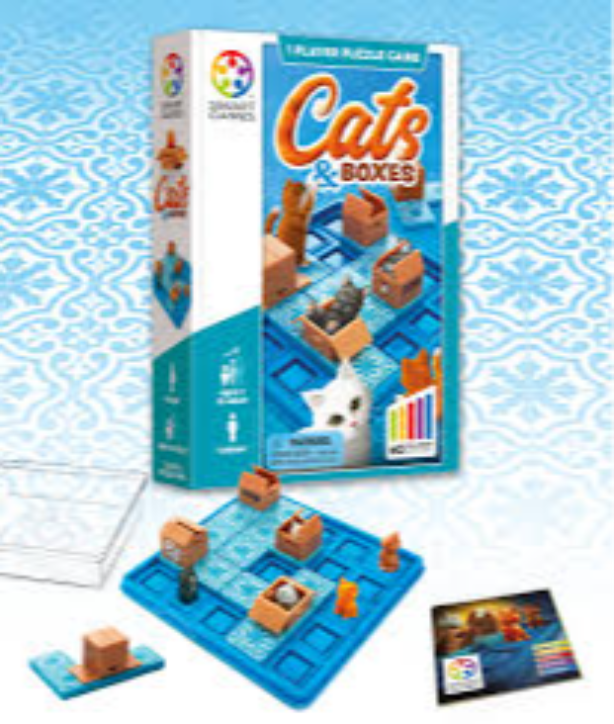
Reviews
Game Review: Cats & Boxes

Biographies and Interviews
Ana Maria, Founder of The Magical Underland Inc., Rings in the Holidays with a new kind of Christmas Tree
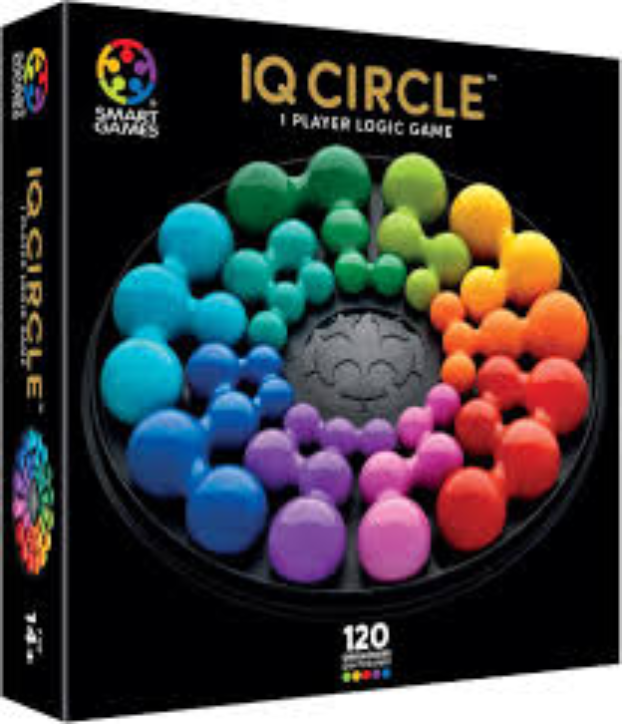
Reviews
Game Review: IQ Circle

Biographies and Interviews
Catching up with Eric Olsen, The Inventor of Flip 7 and Co-Creator of Messy Table Games

Reviews
Book Review: Happytecture by Anna Devís & Daniel Rueda
See more
Recent Wiki
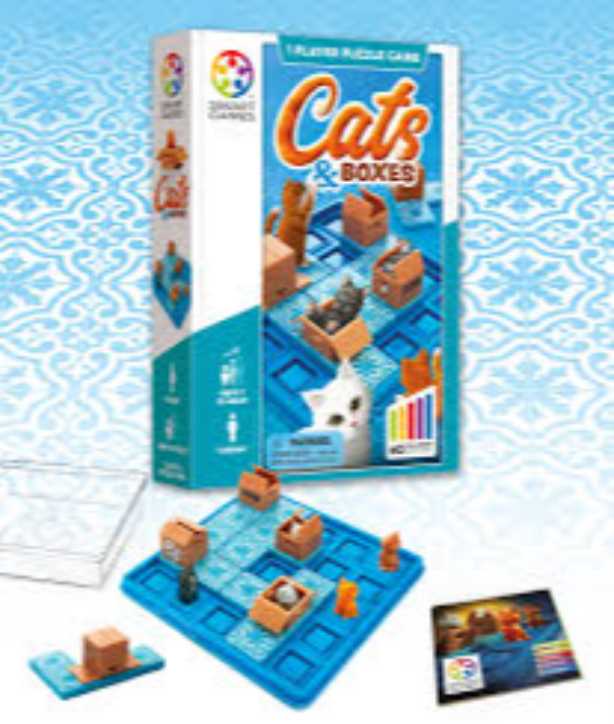
BOOK REVIEWS
Game Review: Cats & Boxes

PEOPLE
Ana Maria, Founder of The Magical Underland Inc., Rings in the Holidays with a new kind of Christmas Tree
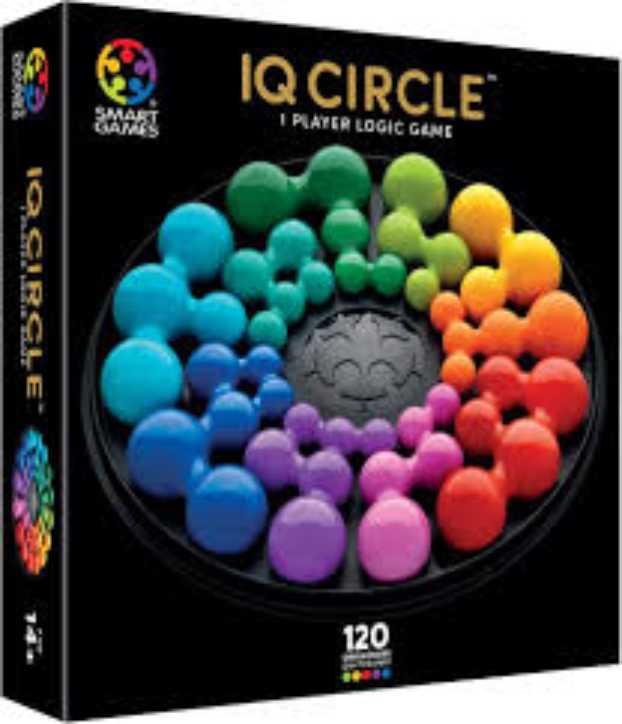
BOOK REVIEWS
Game Review: IQ Circle

PEOPLE
Catching up with Eric Olsen, The Inventor of Flip 7 and Co-Creator of Messy Table Games

BOOK REVIEWS
Book Review: Happytecture by Anna Devís & Daniel Rueda
See more
POP's Got Talent

POP Entertainment
Randy Klimpert Shares his Ukulele Collection

POP Entertainment
Steve Casino Peanut Art

POP Entertainment
Everyone's Talking about POP!
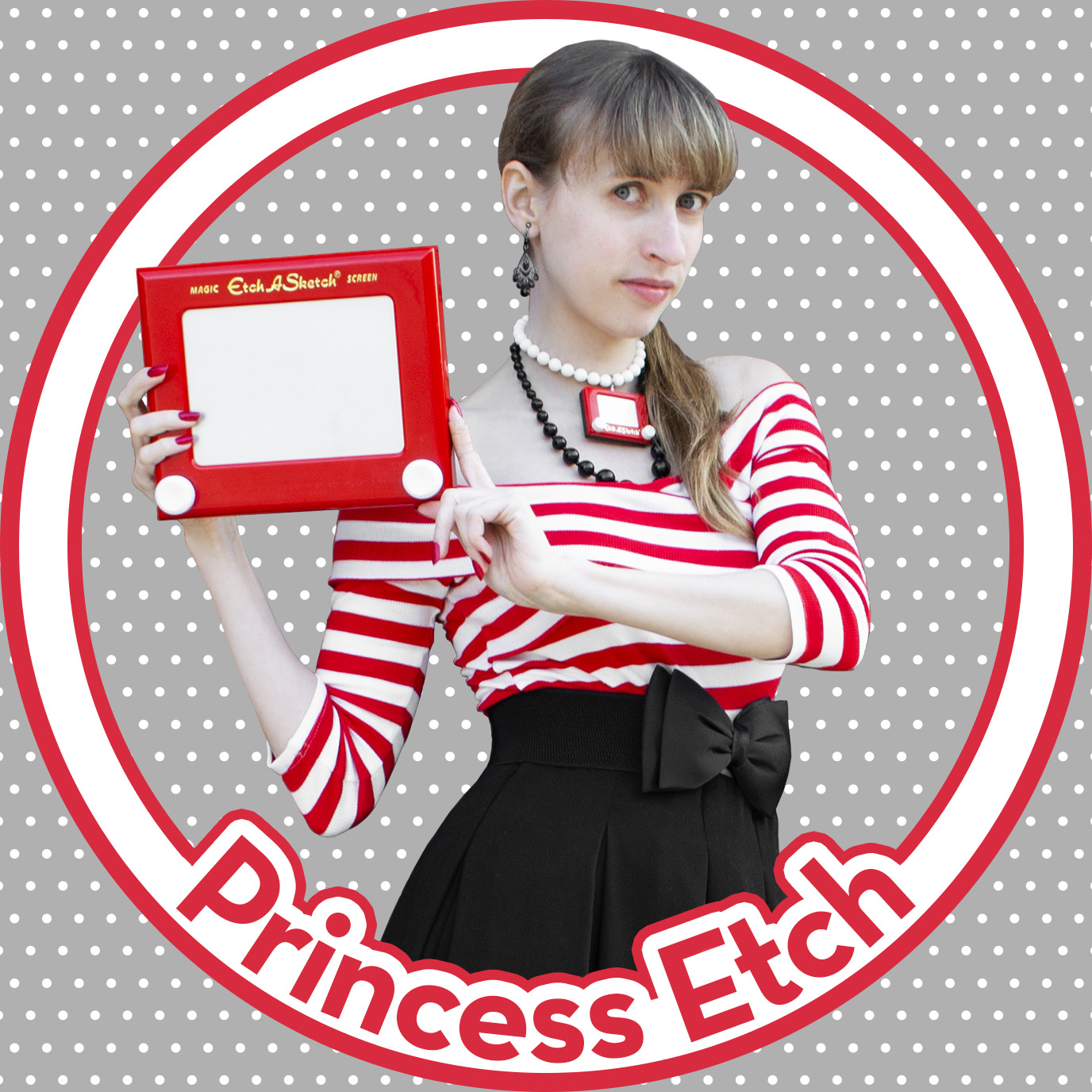
POP Entertainment
Princess Etch - a Multi-Talented Etch A Sketch Artist
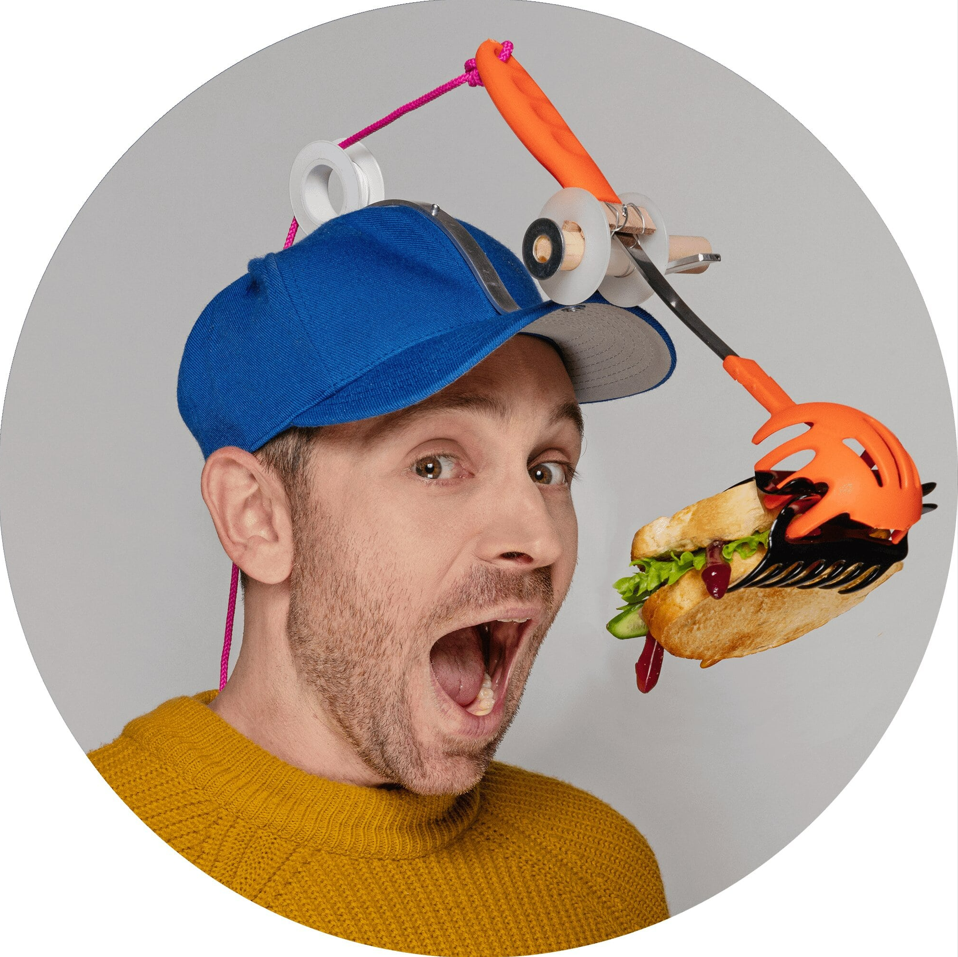
POP Entertainment
Joseph Herscher of Joseph' s Machines.
See more
Recent POPcast
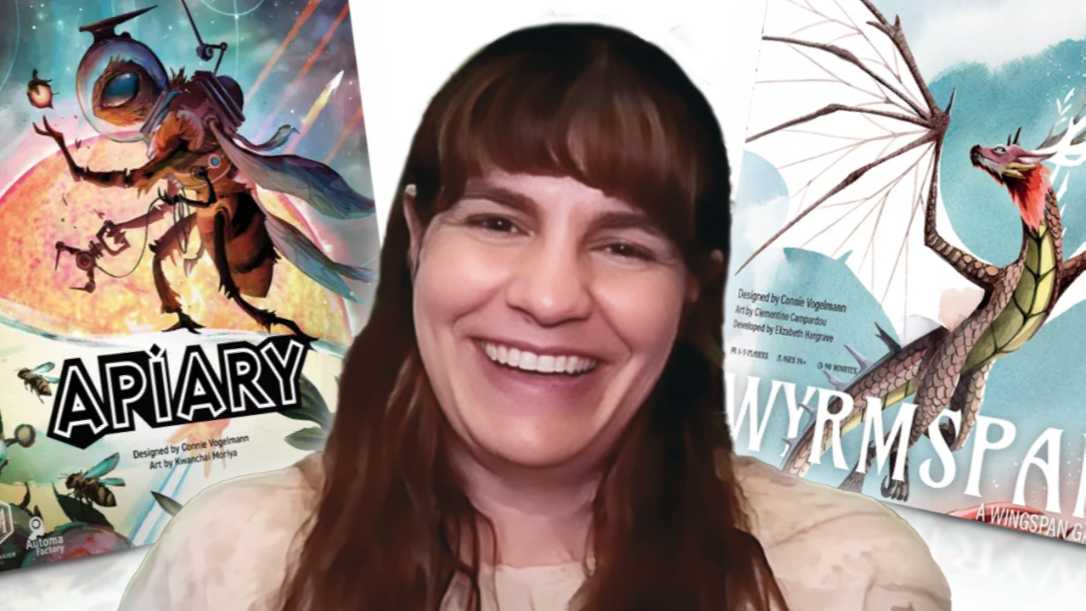
Hidden Role: The Brains Behind your Favorite Games
Connie Vogelmann designed Apiary & Wyrmspan!

Hidden Role: The Brains Behind your Favorite Games
Bob Fuhrer... Is THE Crocodile Dentist!

Hidden Role: The Brains Behind your Favorite Games
Tom Dusenberry... Bought Atari, Wizards of the Coast, and Avalon Hill!

Hidden Role: The Brains Behind your Favorite Games
Matt Leacock created Pandemic... the game!

Hidden Role: The Brains Behind your Favorite Games
Scott Brown and Tim Swindle... are Launching a New Sport!
See more
POPDuos

POPDuos: Interviews with Legends and Leaders
POPDuo: Richard Dickson, Mattel’s President & COO, and Kedar Narayan, Young Inventor Challenge AMB

POPDuos: Interviews with Legends and Leaders
POPDuo: Will Shortz and Josh Wardle

POPDuos: Legends and Leaders Explore Creativity
POP Duo: Elan Lee, Co-Founder, Exploding Kittens.and Jeff Probst, Host and Exec Producer, Survivor

POPDuos: Legends and Leaders Explore Creativity
POP Duo: David Fuhrer, MNG Director, Blue Sq Innovations & Shawn Green, past Dodgers & Mets MLB Star

POPDuos: Legends and Leaders Explore Creativity
POP Duo: Bob Fuhrer, Founder, Nextoy and Tom Fazio, Golf Course Designer
See more




